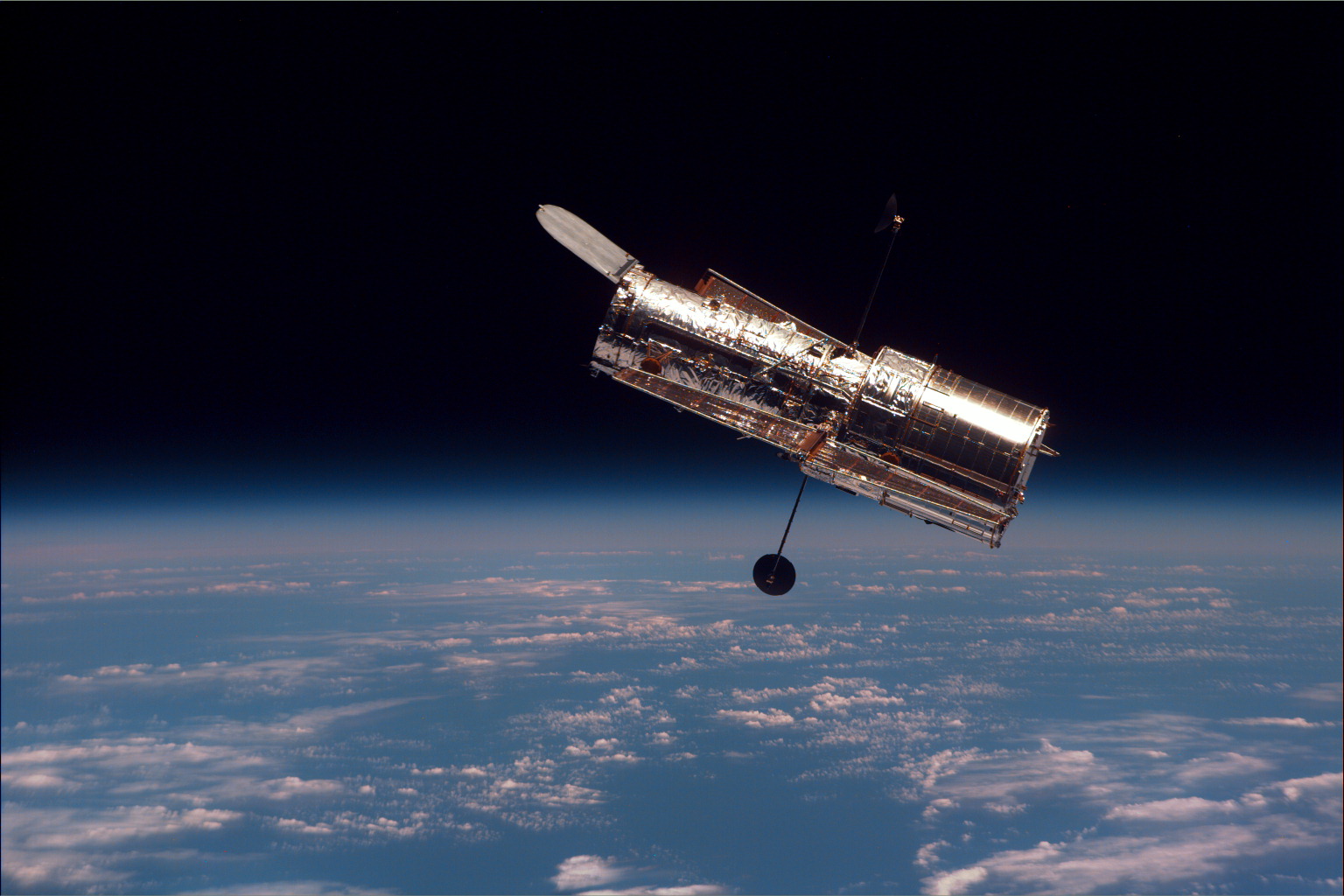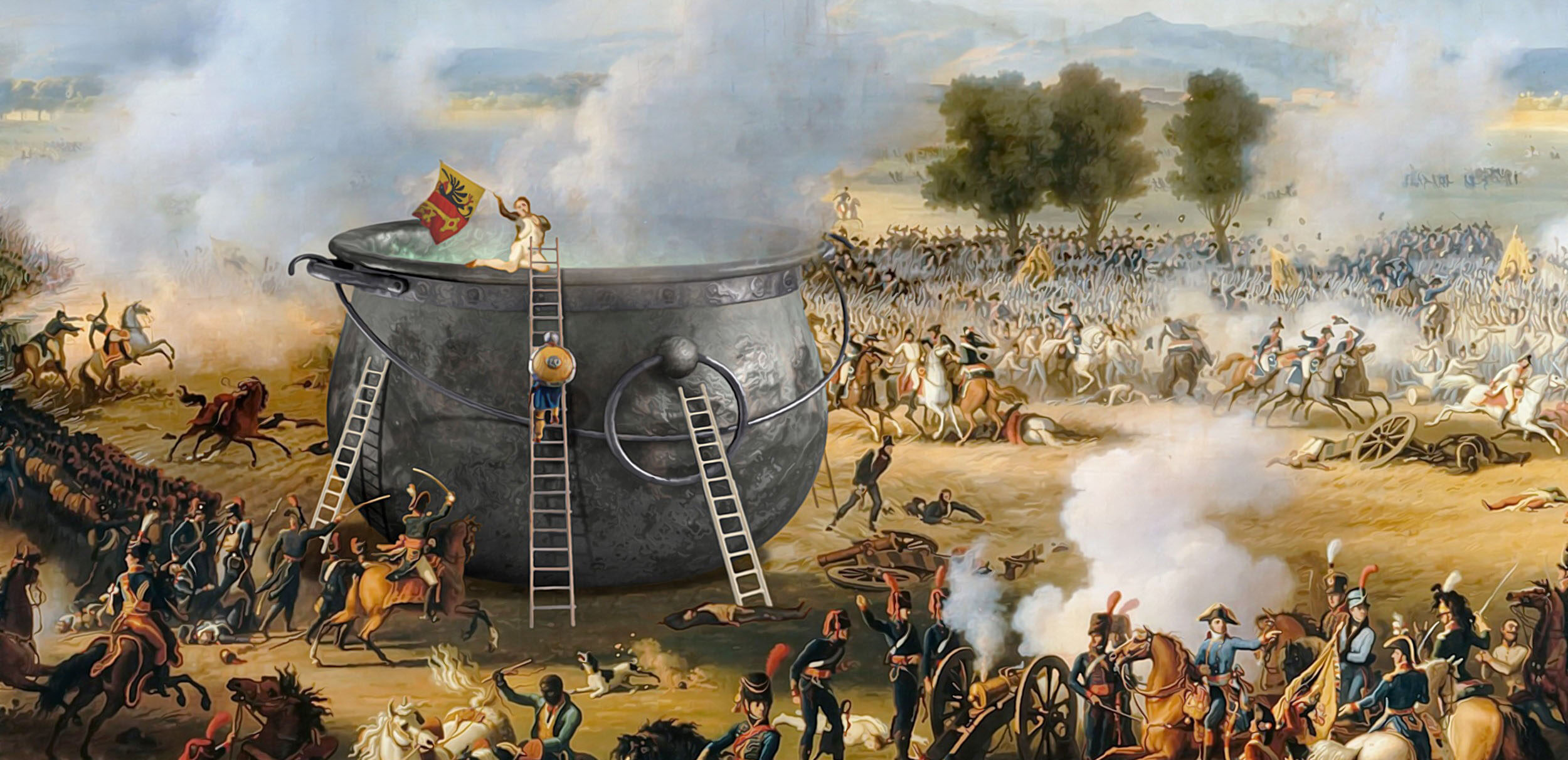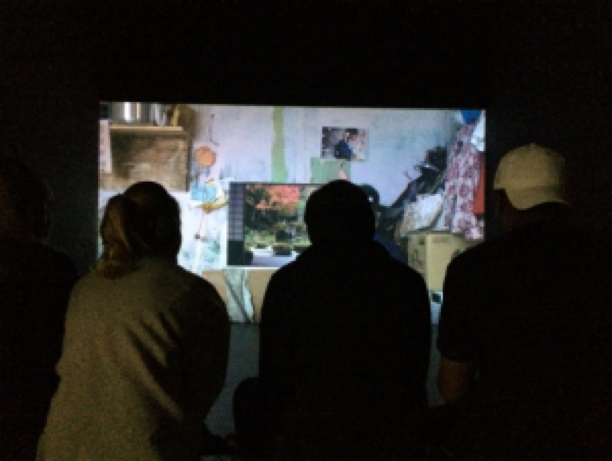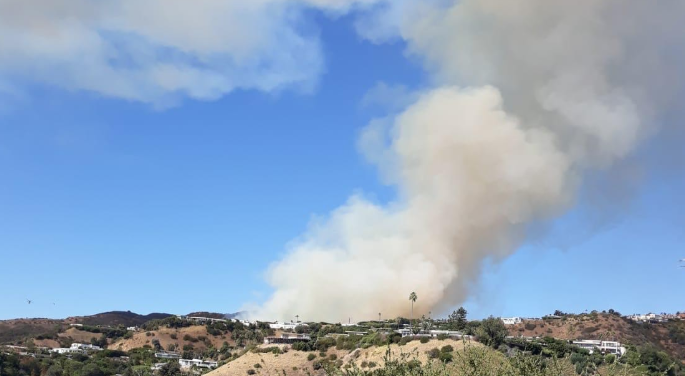By Samarth Agarwal
A few weeks before the holidays started and I got to ski on rocks, the year 11 physics classes went to see a documentary on the Hubble Space Telescope.
The documentary was made in cooperation with NASA and it showed the steps to the manufacture of the Hubble Space Telescope, the problems with the telescope had (particularly with the mirrors) and how they were fixed. Shortly after the telescope’s launch in 1990, it was discovered that the primary mirror had a defect which affected the clarity of the images. NASA, conducting an investigation to fix the problem, discovered that the cause of this problem was miscalibrated equipment during its manufacture. In the grinding of the mirror, an aberration – one 50th the thickness of a human hair – was created. As a result, the images taken by the telescope were unclear and blurry.
In between 1990 and 1993, some images were processed using computer image reconstruction techniques which, to a certain extent, improved the quality of the pictures.
As replacing the mirror was not a practical solution to the problem, replacement instruments were built to fix the flaw. These new instruments were built and installed on the telescope by spacewalking astronauts in 1993 during a shuttle mission. The Corrective Optics Space Telescope Axial Replacement (COSTAR) instrument, which was about the size of a telephone booth, was placed into Hubble’s 5 pairs of corrective mirrors. As a result, the effects of the flaw were countered.
In addition, we also got to see how life was on the International Space Station, the dangers of space debris, and getting to see politicians speaking about the issues at hand.
After the documentary there was a Q&A session, where we got to ask the astrophysicists many questions. This was honestly the funniest or saddest part of the trip (depending on how you look at it). Near the end of the presentation, one of the physicists mentioned that normally people ask “How does one become an astrophysicist?” and then proceeded to answer his own question. Then he asked who would like to become an astrophysicist in the future and only three people raised their hands. The look of sadness and defeat was so obvious in his face.



